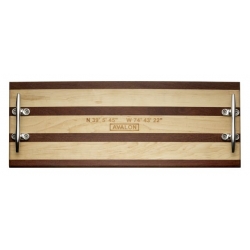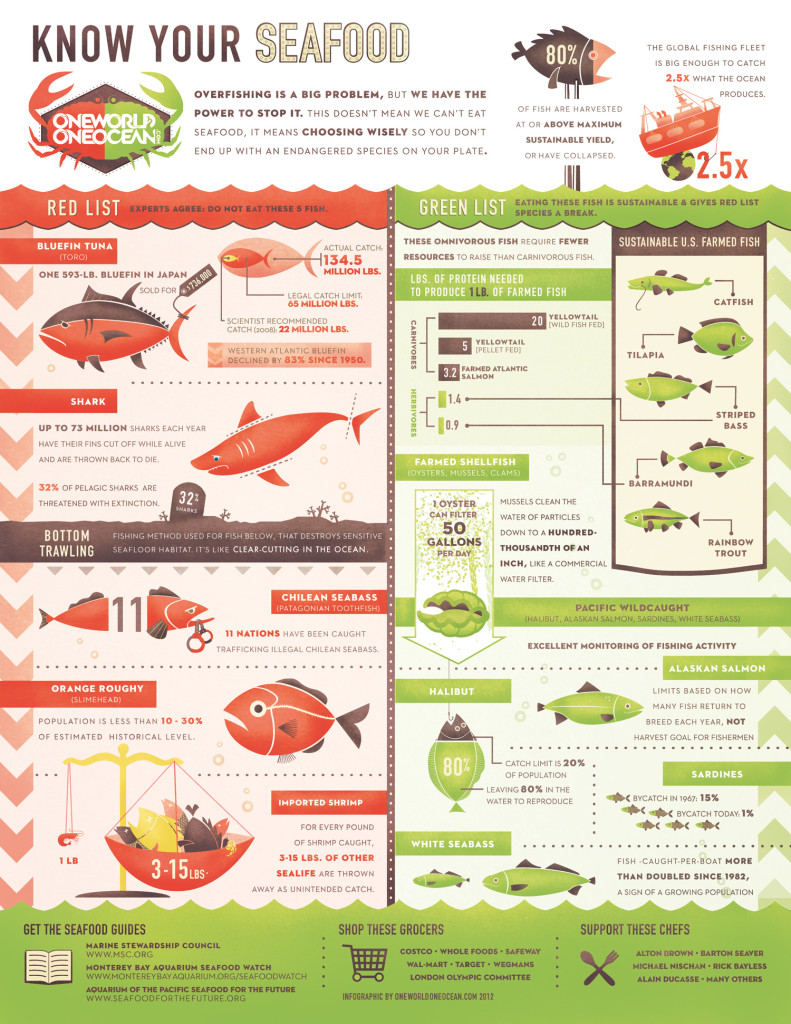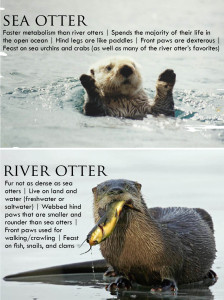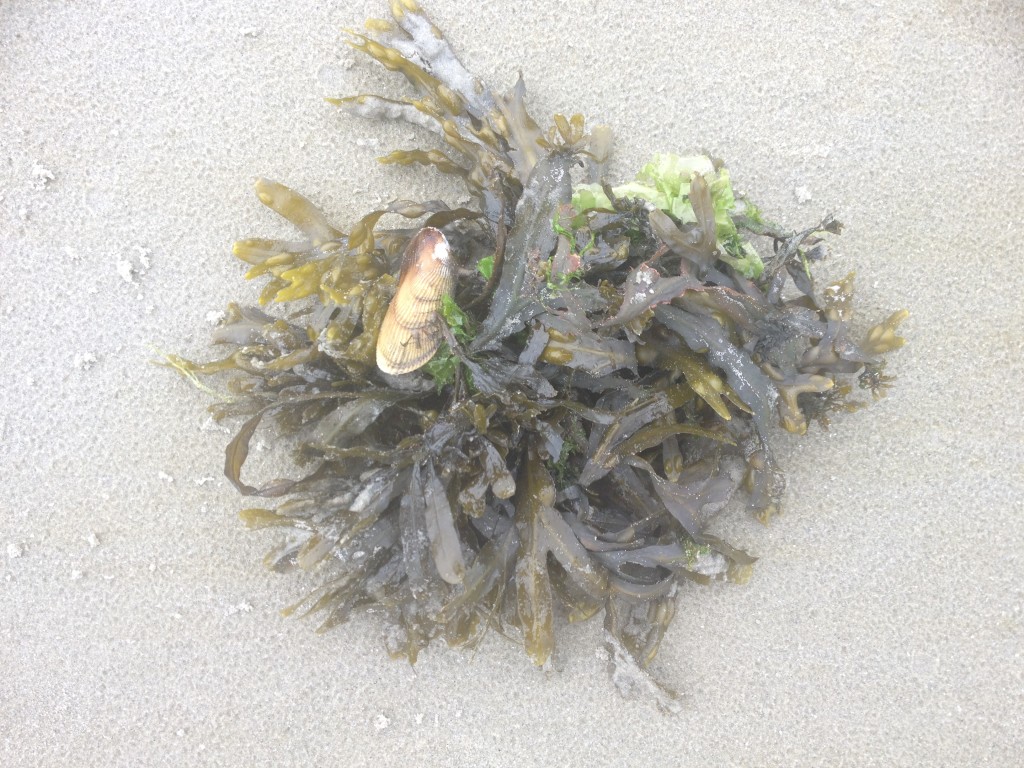This month the Ecological Research & Development Group (ERDG) released a one-stop-shop for research, conservation, and education initiatives on the world’s four species of horseshoe crabs. This was a result of the discussions from the 2011 International Workshop of the Science and Conservation of the Asian Horseshoe Crabs held in Hong Kong.
Be sure to check it out today. There’s lesson plans, peer-reviewed articles, posters, PowerPoint presentations, and more. It’s the intention of the database to serve as a tool to benefit everyone who is in Limulus Love!
I was surprised to learn that the new database includes over 2,000 citations and ERDG is still looking for more materials from people like you and me (Maybe, I’ll submit my cheesy infographic).
















What people are saying …